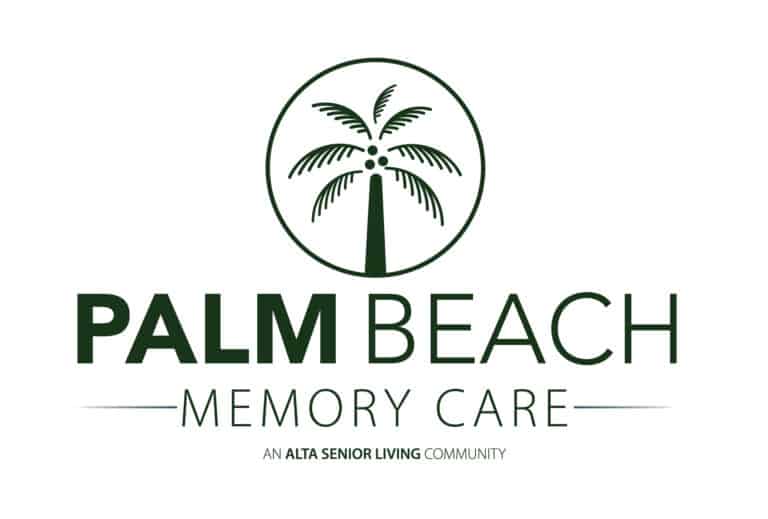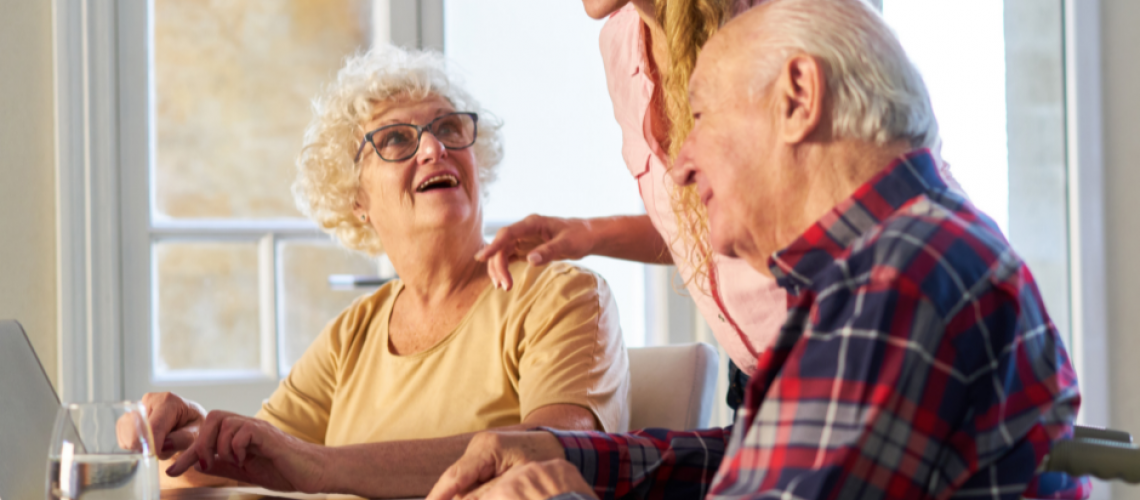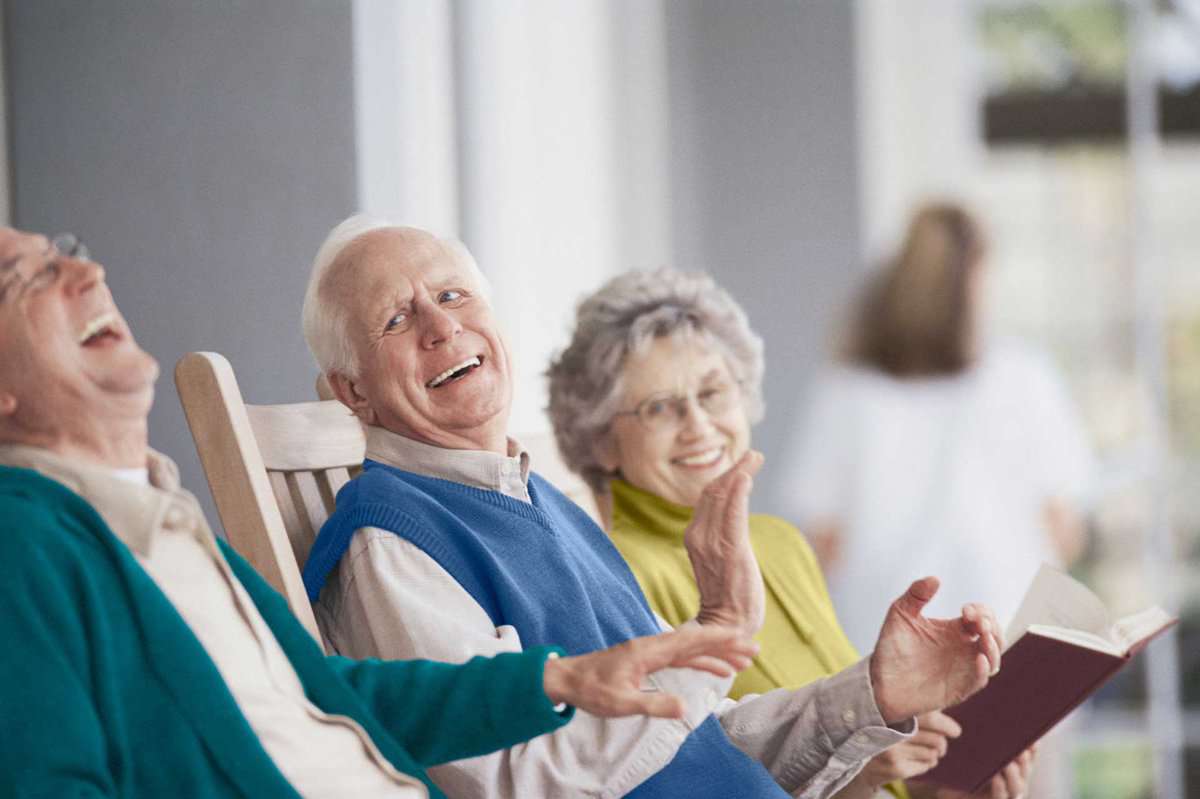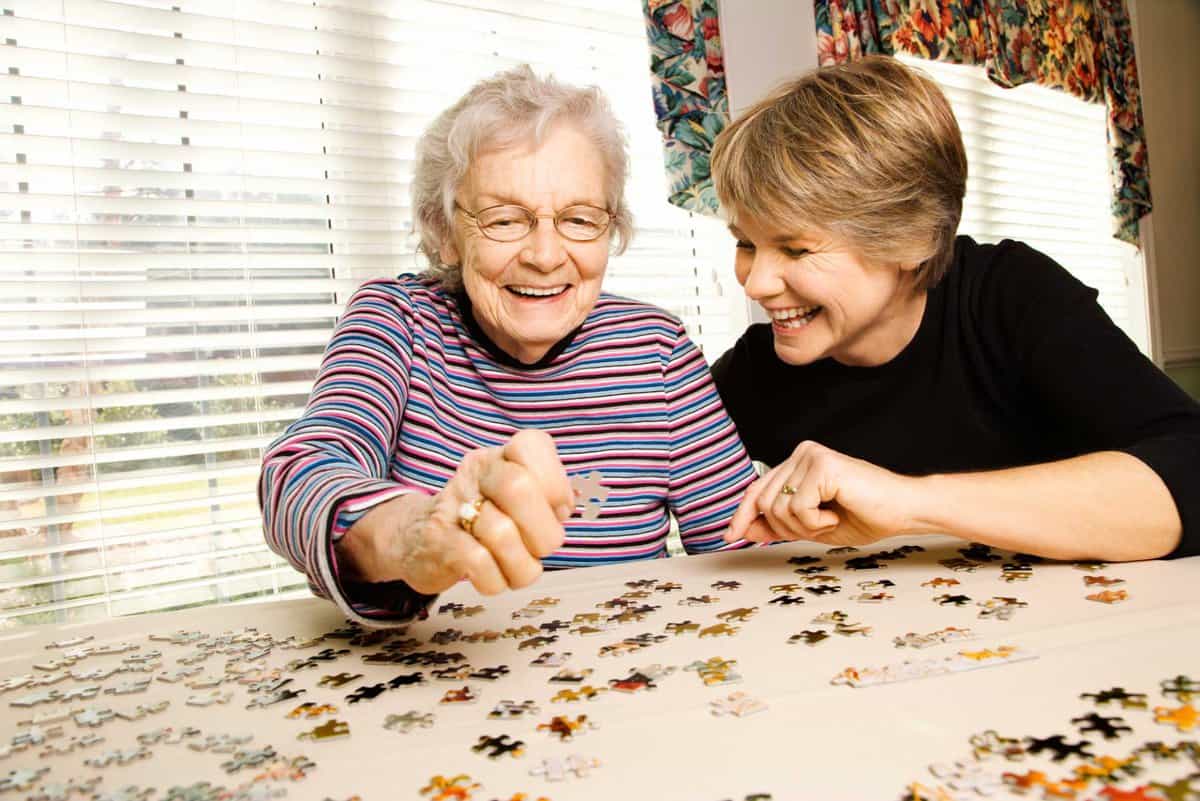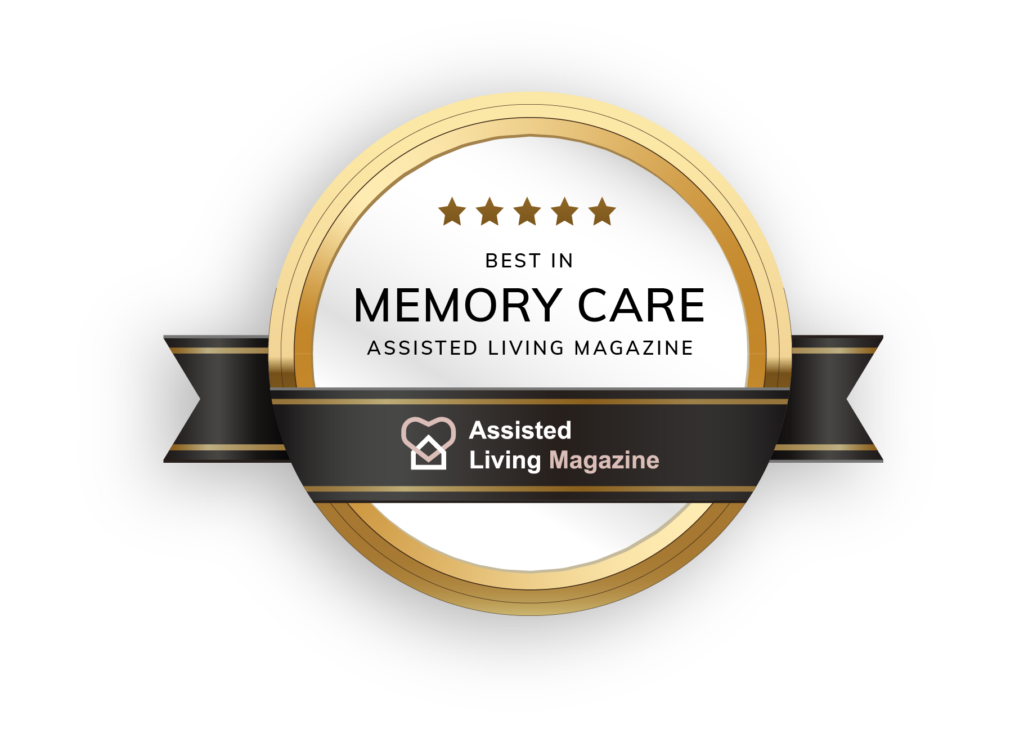As we step into the golden years of retirement, maintaining a vibrant and active lifestyle becomes more crucial than ever. While retirement offers the luxury of free time, it’s essential to use this period to focus on our physical and mental well-being. This guide is dedicated to inspiring seniors to embrace an active lifestyle, ensuring a healthier, more fulfilling retirement.
Understanding the Importance of Fitness in Retirement
The journey into retirement shouldn’t mean a retreat from physical activity. On the contrary, staying active plays a pivotal role in enhancing quality of life during these years. Engaging in regular exercise can significantly reduce the risk of chronic diseases like heart disease and diabetes, which are more prevalent in older age. Furthermore, an active lifestyle contributes to improved mental health, combating issues such as depression and anxiety.
It’s a common misconception that aging naturally equates to decreased mobility and poor health. However, with regular exercise, seniors can maintain and even improve their physical prowess. Embracing a positive mindset towards aging and fitness is crucial. Instead of viewing age as a barrier, it’s time to see it as an opportunity to explore new ways to stay fit and healthy.
Assessing Your Current Fitness Level
Before diving into a new fitness regime, it’s important to assess your current fitness level. Understanding where you stand health-wise helps in setting realistic and achievable fitness goals. This can be as simple as noting how long you can walk without feeling winded or how many stairs you can climb comfortably.
Consulting with healthcare professionals is a vital step in this process, especially if you have pre-existing health conditions. A doctor or physical therapist can provide valuable insights and recommendations tailored to your individual needs. Remember, fitness is not one-size-fits-all; it’s about finding what works for you and your body.
Safe and Effective Exercise Options for Seniors
When it comes to exercising in retirement, safety is paramount. Fortunately, there are numerous low-impact but effective exercises that are ideal for seniors. For instance, walking, swimming, and cycling are excellent aerobic activities that improve cardiovascular health without putting too much strain on the joints. Strength training, using light weights or resistance bands, helps in maintaining muscle mass and bone density, which are crucial for mobility and balance.
Yoga and Tai Chi are also great options, focusing on flexibility and core strength, while also offering the added benefit of stress reduction and mental clarity. It’s important to start slowly and gradually increase the intensity and duration of your workouts. Remember, the goal is to stay active and healthy, not to push your limits too far too fast.
Incorporating Fitness into Daily Routine
Incorporating physical activity into your daily routine can be simpler than you think. Start by identifying opportunities for exercise in your regular activities. For instance, gardening, playing with grandchildren, or even light housework can be great forms of physical activity. The key is to find activities that you enjoy, as this increases the likelihood of you sticking to them.
Creating a sustainable exercise routine is all about forming habits. Setting a regular time for your physical activities can help make them a natural part of your day. It’s also important to recognize and plan around common barriers, such as weather or physical limitations. Indoor activities like walking in a mall or participating in group exercise classes at a local senior living services center can offer excellent alternatives.
Nutrition and Hydration for Active Seniors
An often-overlooked aspect of a senior’s fitness routine is nutrition and hydration. Eating a balanced diet rich in fruits, vegetables, lean proteins, and whole grains fuels the body with the necessary nutrients for energy and recovery. Similarly, staying well-hydrated, especially during and after physical activities, is essential to prevent dehydration, which can be more common in older adults.
Simple dietary adjustments, like reducing sodium intake and choosing healthier fats, can have a significant impact on overall health. Remember, what you eat is as important as your exercise routine, and the two should complement each other to achieve the best results.
Staying Motivated and Overcoming Challenges
Staying motivated can be a challenge, especially when progress seems slow or physical limitations become frustrating. To keep motivation high, set small, achievable goals and celebrate when you reach them. Joining a fitness group or enlisting a workout buddy can also provide a much-needed boost, offering both social interaction and accountability.
Seniors might face unique challenges such as mobility issues or health concerns. In these instances, it’s important to adapt and find alternative ways to stay active. For example, chair exercises or water aerobics are excellent low-impact options. Remember, every bit of movement counts, and the key is to remain consistent and keep moving forward.
Embracing a New Chapter with Active Living
As we wrap up our guide to staying fit in retirement, it’s clear that adopting an active lifestyle is a transformative step for seniors. Not only does it enhance physical health, but it also boosts mental well-being, fosters social connections, and nurtures a sense of purpose.
It’s never too late to start. Whether it’s taking a daily walk, joining a yoga class, or even seeking out memory care programs with a focus on physical wellness, every step towards fitness is a step towards a healthier, happier retirement life.
The journey to staying fit in retirement is not without its challenges, but the rewards are immeasurable. Embrace this new chapter of life with enthusiasm and determination. Remember, the goal isn’t just to add years to your life, but life to your years. So, lace up those shoes, find activities you love, and embark on this fulfilling journey toward active living.
And for those times when you need a break or assistance, consider the benefits of respite care, which can provide temporary relief and support, ensuring you stay on track with your health and fitness goals. Your journey to wellness is a marathon, not a sprint – take it one step at a time, and don’t hesitate to seek support when needed.
About Palm Beach Memory Care
At Palm Beach Memory Care, located in North Palm Beach, Florida, we are dedicated to offering exceptional care for seniors, especially those with cognitive challenges. Our community is designed to provide a supportive and enriching environment, featuring a variety of activities, classes, and programs tailored to our residents’ needs. We pride ourselves on our person-centered approach and commitment to enhancing the lives of those we serve. As a team, we are always eager to share our knowledge and expertise, and we warmly welcome any questions or topics you’d like us to address.
